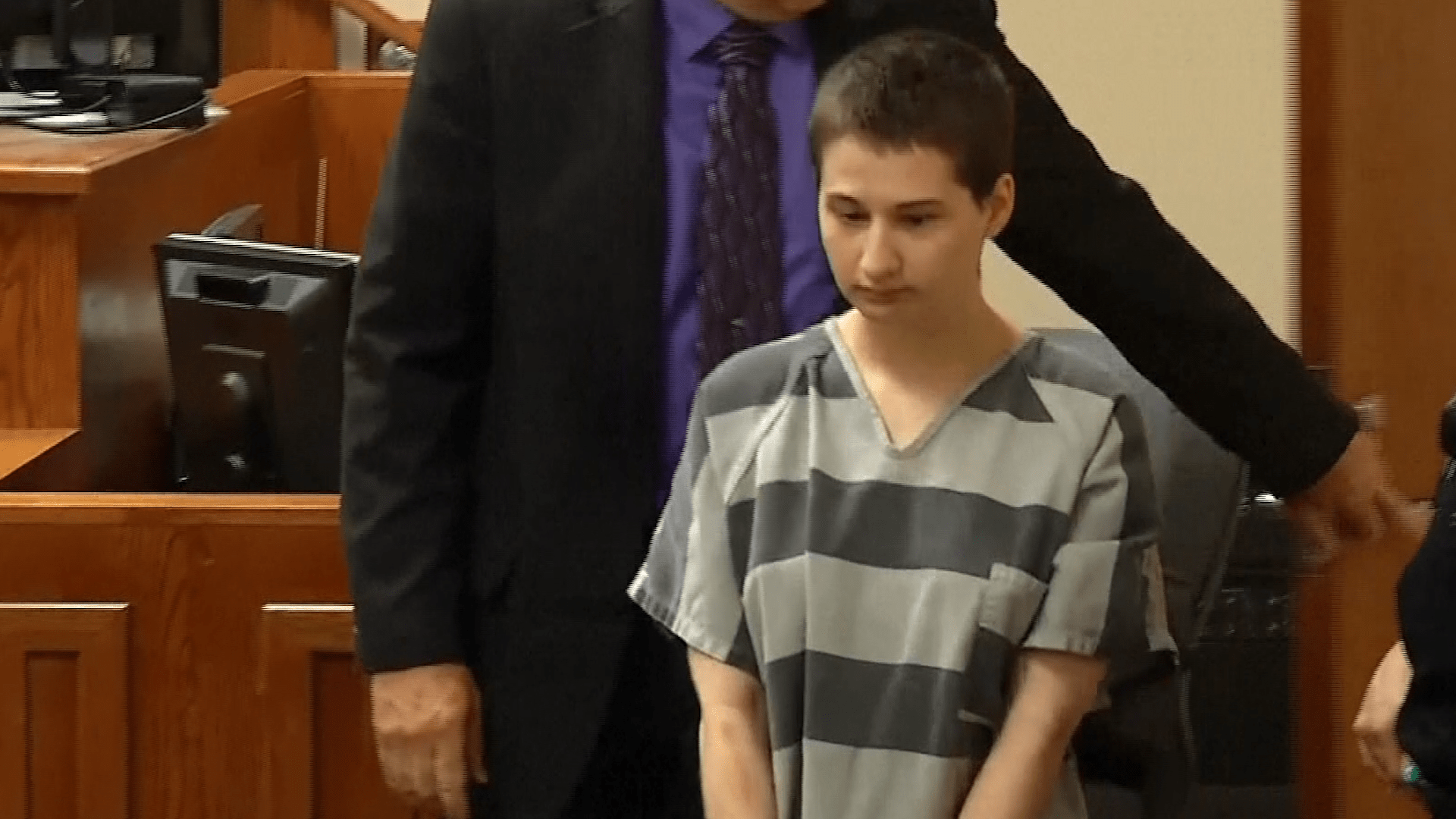A Look At Crime Scene Photos
Gypsy Rose Blanchard's story is one of the most shocking and tragic in recent history, captivating audiences around the world. Her life, filled with deception and manipulation, culminated in a crime that raised questions about mental health, abuse, and the complexities of family dynamics. The crime scene photos of Gypsy Rose serve as a haunting reminder of the events that transpired and the dark realities that can exist behind closed doors. The investigation into the murder of Dee Dee Blanchard revealed layers of complexity, as it was not just a crime but a culmination of years of abuse. As the details of Gypsy's life emerge, so do the chilling images that depict the scene where everything changed.
In this article, we will explore the background of Gypsy Rose, the events leading to the crime, and the implications of the crime scene photos that have surfaced since the incident. These images not only document a horrific event but also serve as a window into Gypsy's life—a life shrouded in secrecy and pain. By examining these photos and the circumstances surrounding them, we hope to shed light on the deeper issues at play in Gypsy Rose's story.
The crime scene photos offer a visceral glimpse into the moment when Gypsy's life took a drastic turn. As we delve into the details, we will address not only what happened but also how such a tragedy could occur. The images challenge us to think critically about the narratives we consume and the real-life implications of abuse, mental health, and the quest for freedom.
Who is Gypsy Rose Blanchard?
Gypsy Rose Blanchard is a figure whose life has been marked by extreme circumstances and a tragic turn of events. Born on July 27, 1991, in Louisiana, she became known not only for her story of survival but also for the crime that led to her mother's death. Gypsy's childhood was dominated by her mother's Munchausen syndrome by proxy, which led to years of medical abuse and isolation.
What is Munchausen Syndrome by Proxy?
Munchausen syndrome by proxy is a mental health disorder in which a caregiver, often a parent, fabricates, exaggerates, or induces illness in a person under their care. This condition leads to unnecessary medical treatment and can have severe consequences for the victim. In Gypsy's case, her mother, Dee Dee Blanchard, subjected her to numerous medical procedures and treatments for ailments that did not exist. This manipulation created a facade of illness that Gypsy felt she could not escape.
What Were the Key Events Leading Up to the Crime?
- Gypsy's mother, Dee Dee, convinced everyone that Gypsy was suffering from various health problems.
- Gypsy was subjected to surgeries, medications, and a wheelchair despite being physically healthy.
- At the age of 19, Gypsy met a man named Nicholas Godejohn online, leading to a plan to escape her mother.
- In June 2015, Gypsy and Nicholas conspired to kill Dee Dee, resulting in her death.
What Do the Gypsy Rose Crime Scene Photos Reveal?
The crime scene photos taken after Dee Dee Blanchard’s murder provide a stark and unsettling look at the aftermath of the crime. These images serve multiple purposes: they are evidence for law enforcement, they tell a story of desperation, and they depict the tragic end of a cycle of abuse.
How Do the Photos Impact Public Perception?
Public fascination with crime scene photos can be a double-edged sword. On one hand, they provide insight into the reality of violent crimes; on the other hand, they can sensationalize tragedy and reduce complex human stories to mere spectacle. The gypsy rose crime scene photos have sparked discussions about the ethical implications of sharing such images in media and entertainment.
What Are the Legal Ramifications Following the Crime?
After the murder, Gypsy and Nicholas were arrested and faced significant legal challenges. Gypsy Rose was charged with second-degree murder but later accepted a plea deal, resulting in a sentence of 10 years in prison. Nicholas, on the other hand, was charged with first-degree murder and received a life sentence. The legal outcomes raised questions about culpability, mental health, and victimization.
What Lessons Can Be Learned from Gypsy Rose's Story?
The story of Gypsy Rose Blanchard is a stark reminder of the perils of abuse and the complexities of familial relationships. It highlights the importance of recognizing signs of abuse and advocating for the rights of victims. The gypsy rose crime scene photos, while disturbing, serve as a catalyst for discussions on mental health, the legal system, and the need for societal change.
How Has Gypsy Rose's Life Changed Since the Crime?
Since her release from prison, Gypsy Rose has worked to rebuild her life. She has gained a level of independence and has shared her story through various media outlets, including interviews and documentaries. Her journey of healing and self-discovery continues to inspire many who have faced similar struggles.
What Can We Do to Support Victims of Abuse?
Supporting victims of abuse requires awareness, education, and advocacy. Here are some ways to help:
- Educate yourself and others about the signs of abuse.
- Support organizations that advocate for victims’ rights.
- Encourage open conversations about mental health and abuse.
- Report any suspected abuse to the appropriate authorities.
In conclusion, the gypsy rose crime scene photos are not just images of a tragic event; they are symbols of a broader narrative involving abuse, resilience, and the quest for freedom. As we reflect on Gypsy Rose's story, it is essential to recognize the complexities of her experiences and the lessons we can learn to prevent similar tragedies in the future.



ncG1vNJzZmivp6x7s7HBnqOrmZ6YtbjFzmeaqKVfnru0tcahq6xxX5zGsb%2FYZqmoq5VisLO1zJ5krJuVo7Kvec%2Bhpq2no2O1tbnL